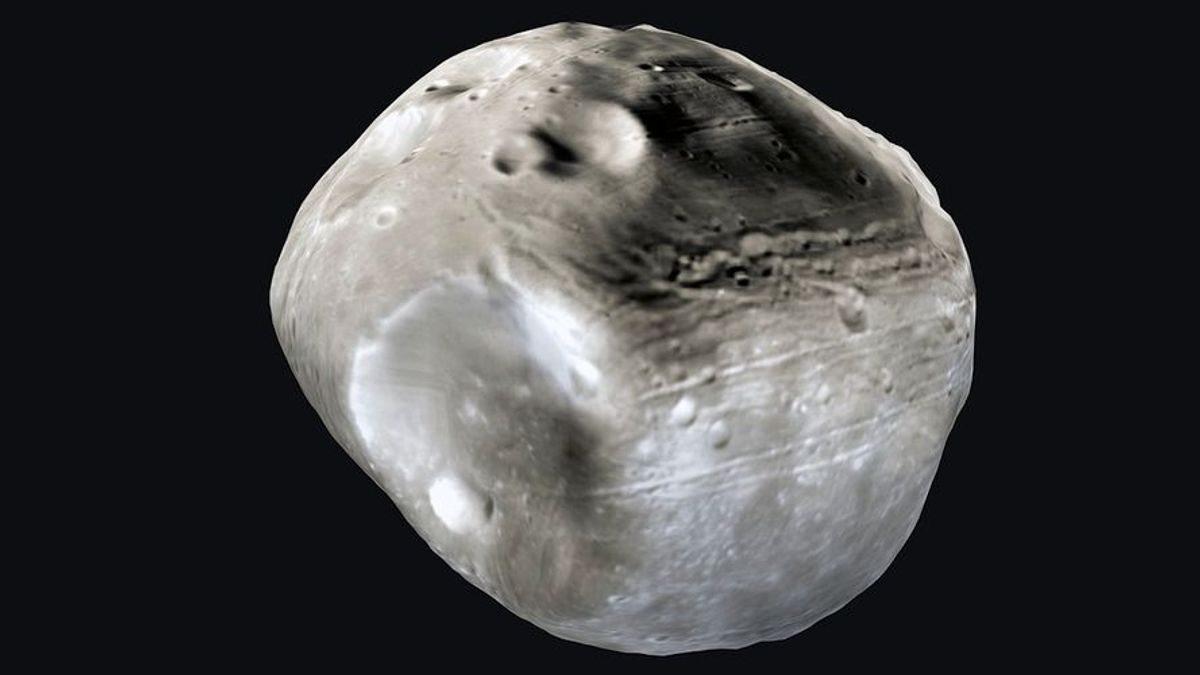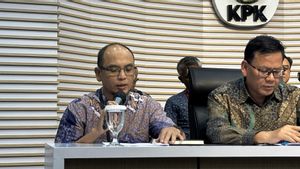JAKARTA - The space race has started again. Russia, China and the US are all shooting at the Moon, Mars, and so on. But there is another player who is making serious progress: Japan. The Japan Aerospace Exploration Agency (JAXA) said they went to Mars' moon to answer many questions, including how life took root in our solar system.
JAXA has been operating since 2003 with some impressive missions. The space agency's rocket technology is constantly advancing. JAXA has had two incredible asteroid sampling missions and further cements its position as a major player in the new space race.
Last year when Mars' alignment was right, three different probes were launched for the red planet. Namely, the UAE's Mars Hope Mission, China's Tianwen-1 mission, and NASA's Perseverance rover, which also includes the now-famous Ingenuity helicopter. While everyone seems to be obsessed with Mars, Japan is breaking away from the group and taking a different approach, targeting Mars' moons.
Professor Elizabeth Tasker of the JAXA-led Mars Moon Exploration mission told Screen Rant why the space agency is headed for Mars' moons rather than the Red Planet itself. "Why did Japan go to Mars' moon and not Mars, like everyone else?"
"One of the big questions right now is how a rocky planet becomes a habitable planet," said Professor Tasker. "One possibility is that icy material near the giant planets (bypassing Jupiter's orbit) dispersed inward toward the terrestrial planets, hitting these young worlds as meteorites, and sending out the first oceans and organic molecules."
“If Phobos and Deimos were captured asteroids, we would have evidence for the transfer of this material between the outer and inner solar systems. "The composition of the moons will provide clues about where they formed, and what kind of material may have been sent to Earth and Mars when they were young planets," said Tasker.
No one knows if the moons of Mars are actually captured asteroids. Some theories suggest that it was the result of a giant collision on Mars, with material being blasted into space and eventually accumulating into massive objects.
The Japanese Mars lunar mission will end this mystery once and for all. "If the collision theory is correct, then the moon should consist of a mixture of Mars-like material and impactor material. If they (asteroids) were captured, their composition would be very different from Mars itself,” Tasker told Screen Rant.
Professor Tasker says that the Martian moons also contain secrets about the history of the Red Planet. Meteorite impacts have thrown material from its surface and reached its moon many times during its lifetime.
"Visiting Mars only allows samples from one location at a time," Professor Tasker explains. Samples of Mars' moons "would come from all over the planet and from various epochs," Professor Tasker said, adding "including during periods during which the planet might be habitable".
To date, no man-made has ever returned from Mars. Going to the moon of Mars is one thing, but coming back is another thing altogether. Even NASA, with all its Mars exploration expertise, has yet to find a way to return Perseverance samples from Mars.
Ayumu Tokaji, Associate Senior Engineer at Martian Moons Exploration MMX at JAXA, explains how Japan plans to return from the Martian moons.
“For the return journey, the MMX spacecraft will use a chemical propulsion system that burns fuel and an oxidizer to generate high thrust and will release the (Exploration) module containing the observation instruments and other equipment that has completed its role. The MMX spacecraft will be lightened by splitting its modules and is scheduled to return to Earth in 2029,” Tokaji told Screen Rant.
As the space race continues, Japan is positioned to make a significant contribution to human exploration of the solar system. Taking an original approach and avoiding the same goals and those taken by others has given Japan a unique role.
When asked if the country was on schedule, Tokaji replied, “Yes. We plan to launch Mars Moon Exploration in 2024 and return samples to Earth in 2029." Now we just have to wait and see what JAXA can find.
The English, Chinese, Japanese, Arabic, and French versions are automatically generated by the AI. So there may still be inaccuracies in translating, please always see Indonesian as our main language. (system supported by DigitalSiber.id)













